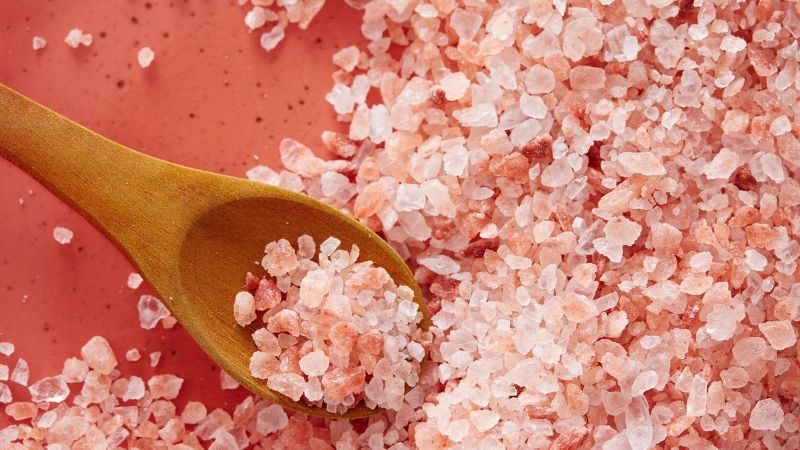The Benefits of Using 5kg Dumbbells
The use of dumbbells has been widely adopted in the world today because of their benefits to the human body. For starters, they allow one to build up a stronger, bulkier and toned physique. This is very much possible since dumbbell exercises provide complete strength to your body at a low strain level which is very beneficial during workouts. Another important benefit is that you get a full range of motion in all your exercises. Moreover, they are easier to carry around, making them very portable and space-saving devices for home and gym use.
When buying 5kg dumbbells such as those seen on fitnesshub.co.uk you should keep your hands, wrists and forearms relatively straight, i.e. with your palms facing towards your legs. If your palms are facing outwards, you will lose some of the support you receive from the weight of the dumbbell, thereby decreasing the effectiveness of your workout. If you want to shape up your biceps and forearms quickly, then you could begin to aim for a good set of 5Kg dumbbells and as you develop more muscles you could move on to heavier and larger weights.
There is a slight adjustment required when using dumbbells on the left side. To balance your weight on the balls of your feet, place the weight of the dumbbells on the balls of your left foot. Make sure that your forearms and thumbs face towards the floor while keeping your palms flat. Your right hand should be placed on the left thumb of your right hand, with the palm of your left hand facing up. Remember not to place the right hand too close to your left wrist or vice versa.
To perform the standard barbell bicep curls, place one dumbbell in each hand, the left hand over the right, and extend your arms back behind your head. You should grip the dumbbells in a neutral position and make sure that both dumbbells are at your sides with your elbows facing outwards. In order to perform these standard exercises you should return to the starting position. Do not change the position of your arms to allow the dumbbells to drop to your sides.
For compound arm movements, such as the barbell bicep curls, you should use more than one dumbbell. For example, if you perform three sets of 12 reps, you will use twelve total reps for each set. It is important to pause between reps to prevent the weight from bouncing off your hands. When performing squats, you should always return to the starting position and raise the dumbbells to the same height each time.
You can increase the weight of the dumbbells once they are ready at the gym by buying more dumbbells. However, remember to keep the weight the same throughout each set and to never exceed the maximum weight you have purchased. Keep in mind that standard dumbbell presses will give you a more toned body than compound exercises do. In addition, standard weights build core strength and should be a primary focus when planning a workout.
